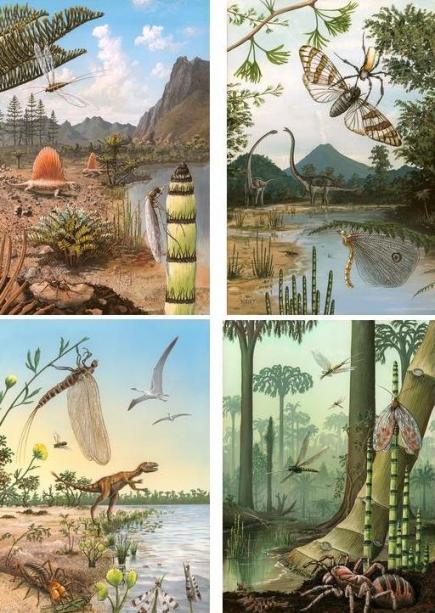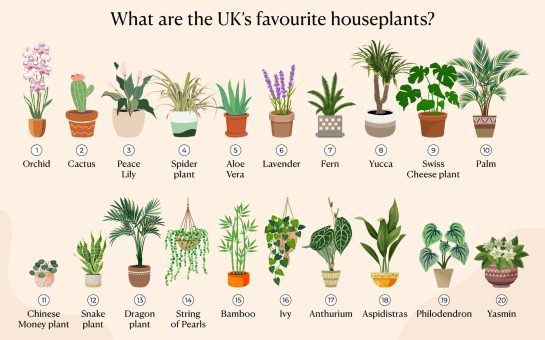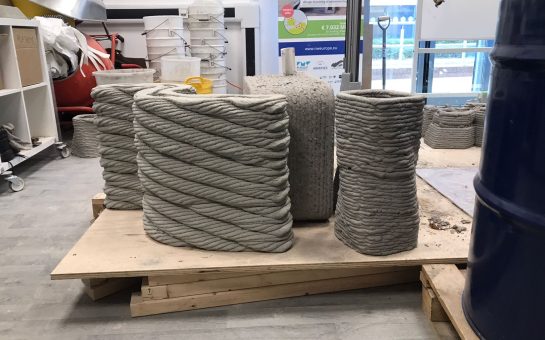Jurassic Park meets A Bug’s Life in a Manchester University professor’s new book which brings together two opposite scientific disciplines for the first time.
Honorary lecturer at The University of Manchester Dr David Penney and researcher James E. Jepson at the Museum für Naturkunde in Berlin, Germany are both fellows for the Royal Entomological Society and have studied insect preservation in rock and amber.
Palaeontology is the scientific study of fossils, while Entomology is the study of insects and the pair’s new book Fossil Insects fuses the two scientific disciplines into one.
“Bringing together Entomology and Palaeontology through the study of insect fossils has great potential for revolutionising what we know about both subjects,” said Dr Penney.
Reminiscent of Michael Crichton book, and later a Steven Spielberg film of the same name, Jurassic Park, the study of insect fossils has been handed a boost with a surge in popularity since it hit screens back in 1993.
While Dr Penney reassures everyone that Jurassic Park is still just a fantasy, he is hoping the book will raise the profile of both plants and insects and open up the world to even more research.
Drawing upon his studies in both Palaeontology and Entomology along with pioneering new scientific methods and state of the art technology, Dr Penney has discovered some astonishing new knowledge about fossilised insects.

LIKELIKE: Richard Bazley’s illustrations paint a picture of prehistoric life
“Insects are the most diverse group of creatures on the planet today. Many of them were around even before the time of the dinosaurs,” said Dr Penney.
Not only covering bugs, the book illustrations also cover long-forgotten species of arthropods like ants as well as flora and fauna.
Despite all of their PhDs and years of researching the subject, however, the two men did not have the experience to draw the images themselves – so they brought in scientific artist Richard Bizley to provide the ink.
To achieve a realistic look, Richard created models using scientific drawings and pictures of fossils. He then photographed them to see how the light behaves.
Richard then paints in a more traditional fashion using acrylic paints to bring the extinct creatures to life in seven reconstructions of each of the major periods from the Devonian through to the Tertiary.
The illustrator said: “When reconstructing fossil insect species, special attention needs to be paid to important diagnostic features, such as the wing venation patterns and the relative lengths of appendage segments.
“The fact that many fossil insect species are known only from isolated wings posed additional problems.
“This is where the collaboration with experts became very useful and I worked closely with Dr Penney to produce an accurate reconstruction based on the comparative study of both fossil and living insects.”
While visualising animals that had died out proved a challenge, Richard found reproducing plants from fossils involved some guesswork to chlorophyll in the blanks and said: “Plants can be difficult, especially as we are unsure how some of them looked.
“It is rare to get a fossil of a whole plant, so I had to paint according to the best estimation of how they looked, using the evidence available. Fortunately, scientists have learnt enough to provide some good ideas and many living plants are closely related to those that have become extinct.”
Fossil Insects: An Introduction to Palaeoentomology by Dr David Penney and James E. Jepson will be published on July 31 by Siri Scientific Press.
Image courtesy of Universal Studios via Youtube with thanks



